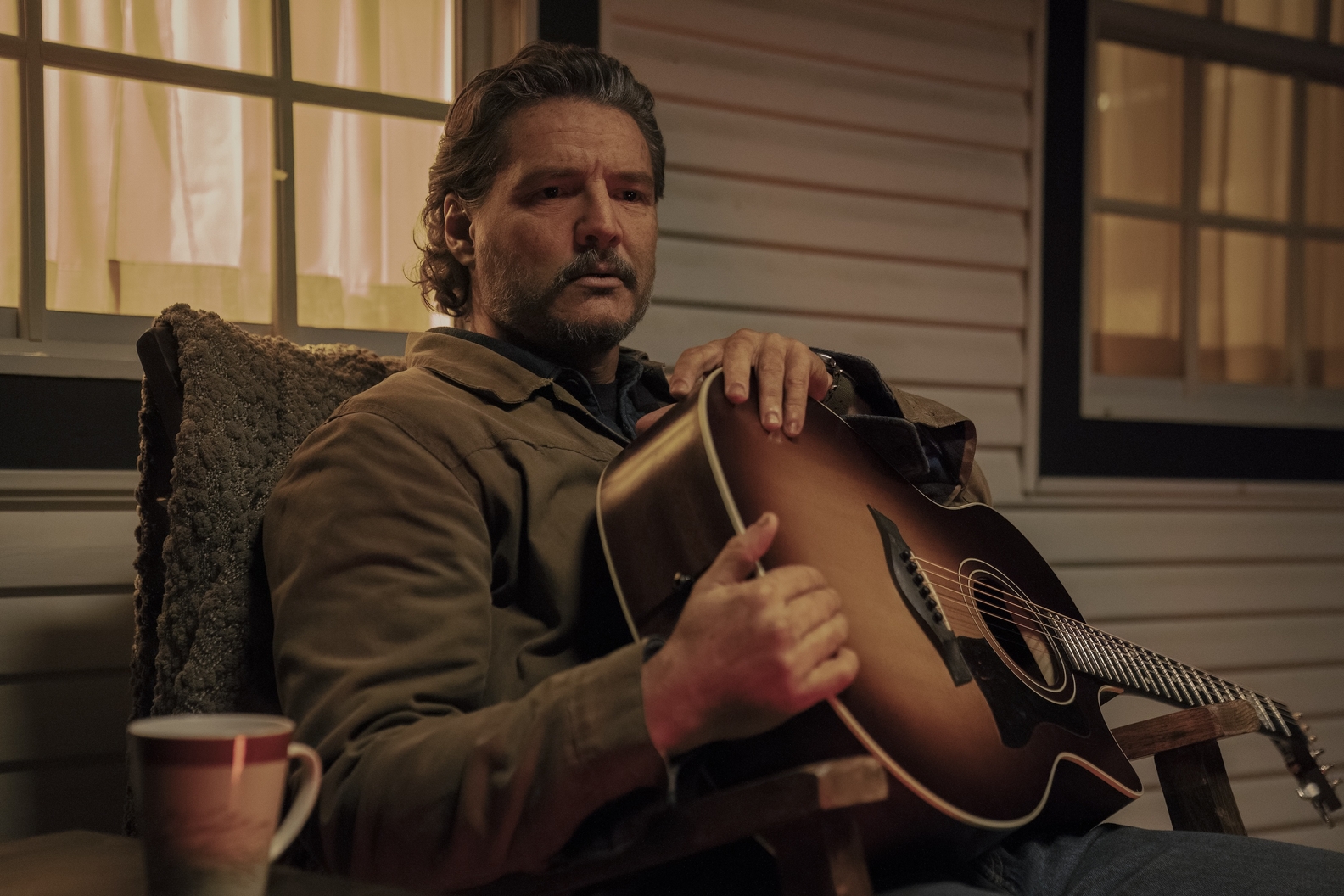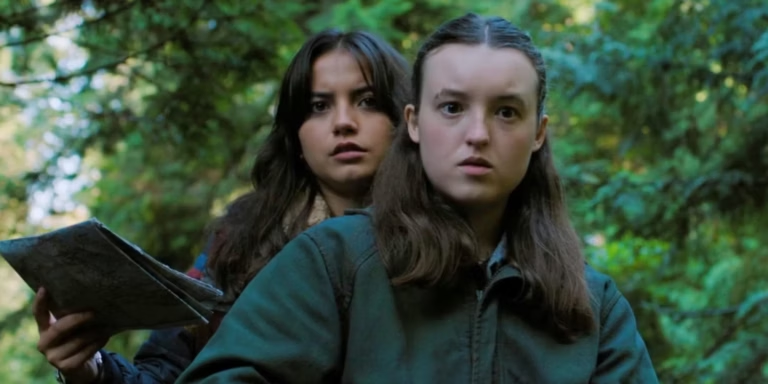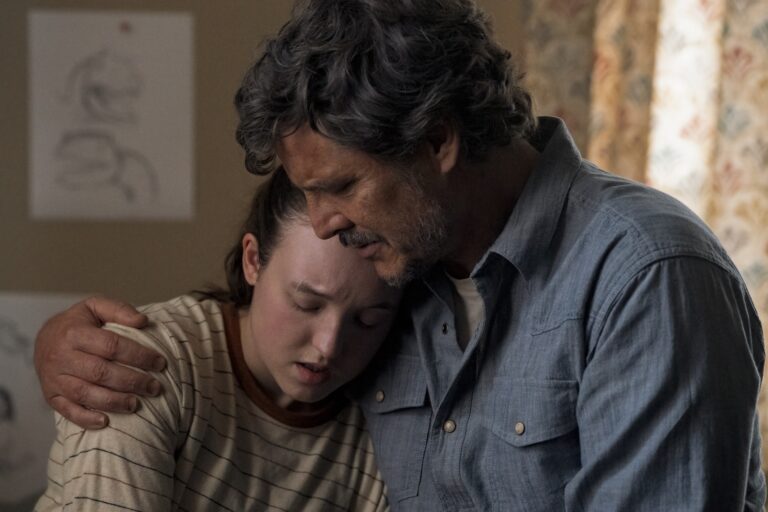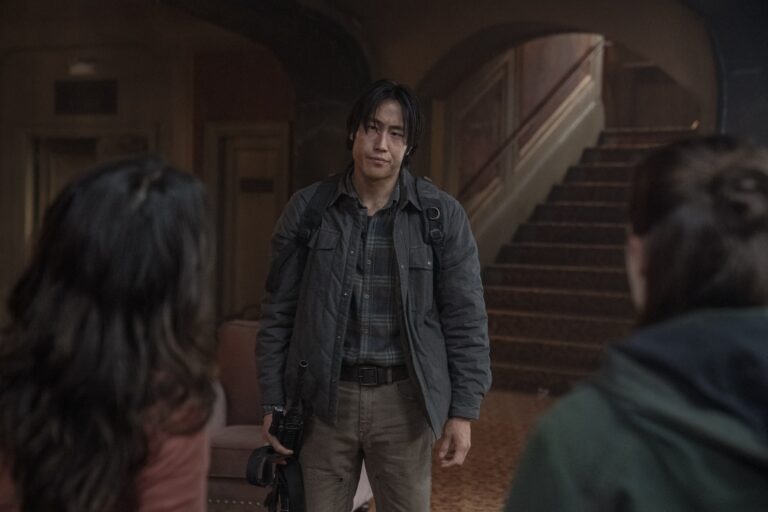When Pedro Pascal first shouldered his battered guitar on screen, every fan’s ears perked up. The music in The Last of Us doesn’t just play in the background. It seeps into your bones. And the man making it happen? Gustavo Santaolalla, the Argentinian musician with more awards than most of us have houseplants.
Now, we’re standing on the precipice of Season 3, and things are changing. New characters. Bigger risks. The tone? Oh, it’s about to get heavier. The burning question everyone’s asking: How will Santaolalla’s soundtrack evolve to echo Abby’s world and the steadily rising threat level? After poking into interviews, fact-checks, game and show credits, and some deliciously nerdy fan banter, I’ve stitched together the inside scoop.
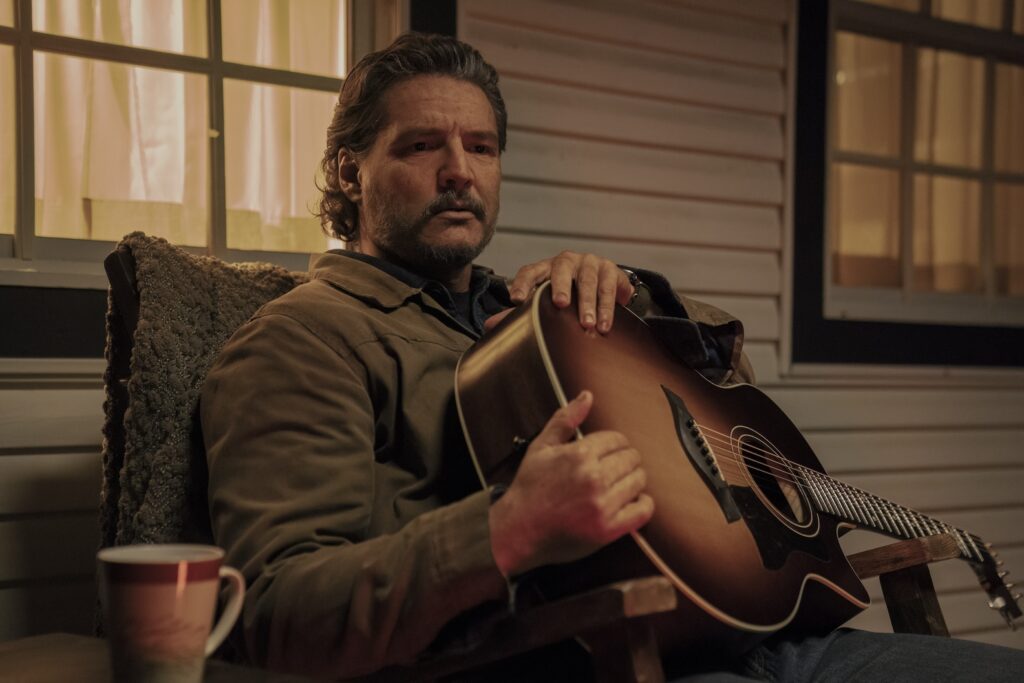
How Gustavo Santaolalla Gives the Apocalypse a Soundtrack
Santaolalla’s genius lies not in bombastic orchestra hits, but in making every single note count. He doesn’t flood the show with wall-to-wall music. Instead, he picks his moments, letting silence do just as much heavy lifting as melody. As he told KTLA, “Silence sometimes can be louder than the note.” Talk about power moves.
You might remember the season where he used his beloved ronroco (a stringed instrument that looks like a baby guitar had a lovechild with a lute) to connect with Ellie’s emotional core. Then, for anything Joel, he’d reach for his gravel-throated six-string bass, grounding things in a way that felt honest — heavy with past and regret.
Now, here comes Abby. Santaolalla could’ve played it safe and stuck with the old formula. Instead, he spun the wheel and landed on the banjo — an instrument he barely knew. And it worked! That searching banjo theme (straight from The Last of Us Part II soundtrack) puts you right in Abby’s conflicted shoes. The banjo’s plucky, uneasy twang gave her character an instantly recognizable, almost vulnerable identity.
Abby’s Theme: A Banjo in a Wasteland
Why the banjo? For Santaolalla, the decision wasn’t calculated in some sterile studio session. He grabbed the banjo in a moment of pure inspiration. As he describes in a chat with Awards Radar, “I never really studied the banjo. But picking it up, I felt something right.” Who says you need virtuoso technique to make magic happen? Sometimes, you just channel the vibe and let your fingers do what they want.
So, every time you catch Abby on-screen and that slightly warped, jangling theme cuts in, remember: It’s not just another soundtrack. It’s a mood swing. It’s a jolt of identity in a world that wants to blend everybody to gray.
Let’s Talk Teamwork: Enter David Fleming
Santaolalla doesn’t do it all alone anymore. For Season 2, The Last of Us crew welcomed composer David Fleming, who slid right into the mix in all the best ways. Fleming brings in what Santaolalla calls the “sound of the world”—urban echoes, clattering, tension you can almost taste. He doesn’t just fill in gaps. He amplifies tension, especially during action sequences that demand your heart rate to spike.
According to the show’s Wikipedia entry?utm_source=openai), Fleming gets his sound palette from the world of the series itself. Imagine the echoes of wind over broken glass, a gutteral scrape on metal, the softly tearing fabric of a shelter long abandoned. That’s his playground. Unlike the more melodic, emotion-driven approach that Santaolalla brings, Fleming weaves in musical dread, laying a backdrop that feels dangerous and alive.
Tools of the Trade: Primitiveness and Perfection (Kind Of)
Santaolalla’s big secret? He likes when things sound rough. He’s not out for shrink-wrapped, plastic-perfection. As he explained to Gramatune, he’ll leave the squeaks and slips in the recordings. Why? Because the world of The Last of Us isn’t neat or pristine. Every time your hear a finger slide across a string, that’s actually the sound of someone surviving, struggling, pushing forward.
It’s what really makes these musical choices feel connected to the universe. Sure, cinematic scores can be lush and pretty. But in a post-apocalyptic world, things should feel grounded, almost primitive. Santaolalla nails that with his earthy, textured recordings.
New Season, New Sound – What Comes Next?
Now, with Season 3 looming like a thunderstorm on the horizon, speculation is lighting up social feeds. After his impromptu banjo detour, fans are placing bets on what Santaolalla will pull out of the sonic closet next. Abby’s path is all about contradictions: tough but tender, angry but aching for connection. The soundtrack will need to pull off some serious magic to keep pace.
Meanwhile, David Fleming’s role is only set to increase. His use of “found” sounds — stuff you’d hear if you dropped a mic in any ruined city — will likely expand. Expect to hear more environmental textures and rhythmic unease. There’s also some Twitter chatter about the possible introduction of more percussive elements, maybe even newly invented instruments conjured up just to fit the Last of Us universe. Nothing concrete on that yet, but keep your ears open.
From Studio to Story: Where the Soundtrack Leads
Let’s pull back a bit and look at the bigger picture. For Santaolalla, each character gets their own sonic fingerprint. As he proved with Ellie and Joel, the choice of instrument is much more than an afterthought; it’s the emotional code for their journey.
- For Ellie: That melancholic ronroco, which sounds both ancient and raw.
- For Joel: The gut-punching, almost mournful six-string bass.
- For Abby: Now a haunted, restless banjo leading the charge.
As Season 3 cracks open Abby’s story, we’ll almost certainly hear these motifs morph. Don’t be surprised if Santaolalla and Fleming blend instruments, borrowing whispers from past themes and slicing in new ones to show Abby’s changes.
The Social Vibe – Fans Are Listening, Hard
If you’ve poked around on Reddit or checked the hashtags (#TLOUMusic, #SantaolallaSeason3), you’ve probably seen intense speculation about new soundtrack cues. Fans debate whether Abby should get a whole new instrument for her next steps, or if Santaolalla will just break the rules and invent something wild. Some fans are even remixing old tracks on YouTube, layering distorted banjo over field recordings from Chernobyl. Because, why not?
Others are rewatching seasons one and two, tallying where silence takes over, then arguing whether a similar tactic will work once Abby’s arc goes full-throttle.
Crunch Time: What We’ll Be Watching (and Hearing) For
So, come Season 3’s premiere, here’s what I’ll be listening for when those credits roll and the title smolders onto the screen:
- New instruments, maybe something even more unusual than a banjo
- Raw, impulsive textures that sound “lived in,” not digital
- Environmental sounds that blend right into the music, making everything feel dangerous and real
- Tension-building cues during big Abby scenes — think heartbeat percussion or metallic scrapes in chase moments
- Touches of old themes, but always twisted to fit this next, darker chapter
Santaolalla and Fleming have a tall order ahead. But if history tells us anything, they’ll craft music that grips you by the guts, then refuses to let go.
Into the Uncharted
As the world of The Last of Us grows more relentless — heroes and monsters blurring, the rules breaking, hope buried under fresh scars — the soundtrack must keep up, marching right along the edge of what music can do. Santaolalla doesn’t just score scenes. He shapes our emotions, our expectations, and sometimes our fears. Season 3 promises another round of musical evolution; expect banjos, knives, maybe even thunder in a tin can. Just don’t expect it to sound anything like safety.
Keep your volume up, your ears open, and don’t touch that mute button. Desolation never sounded so good.

